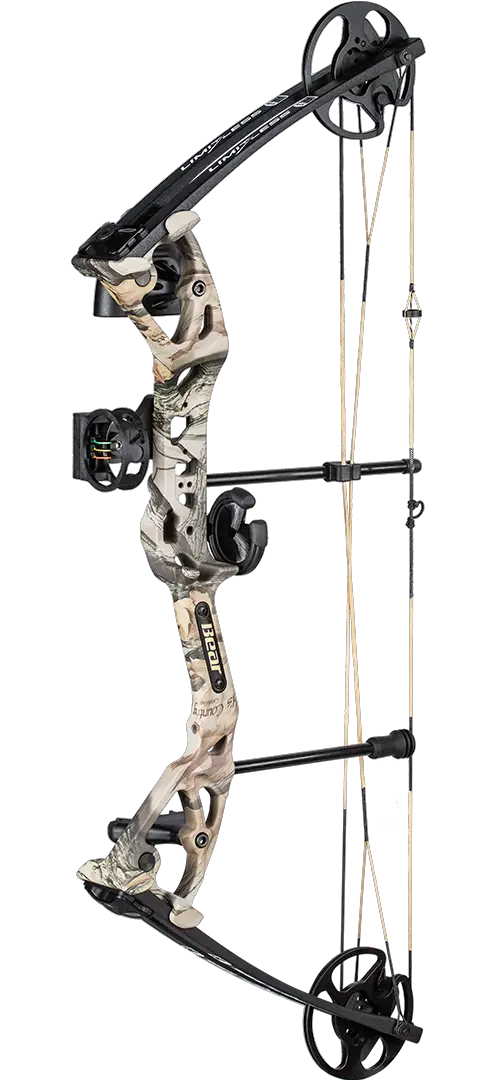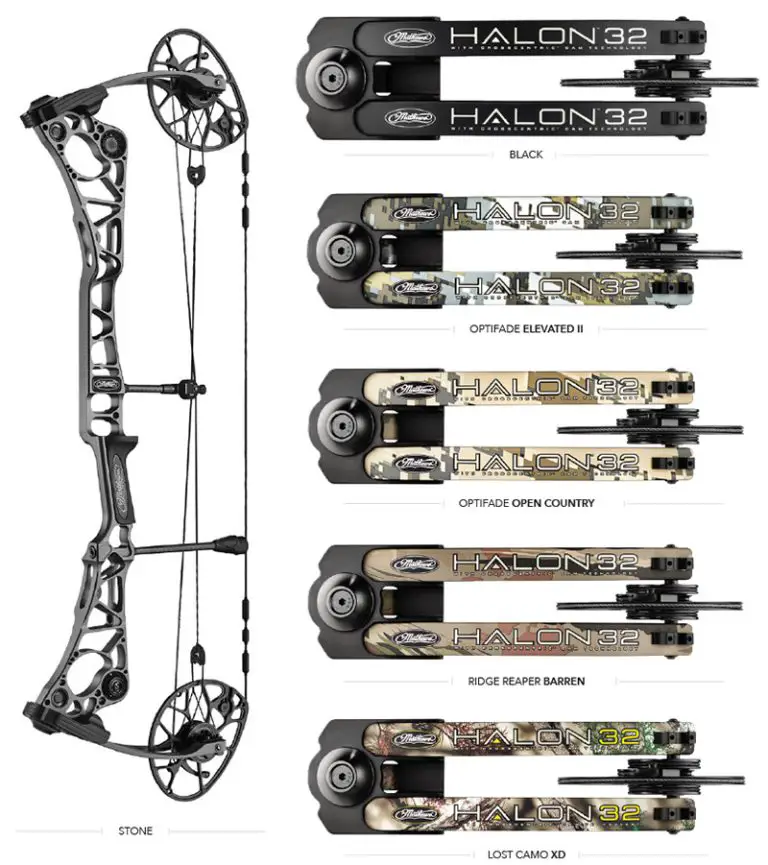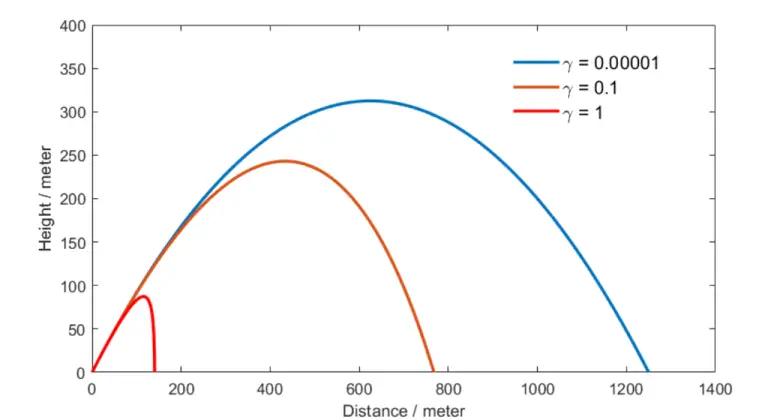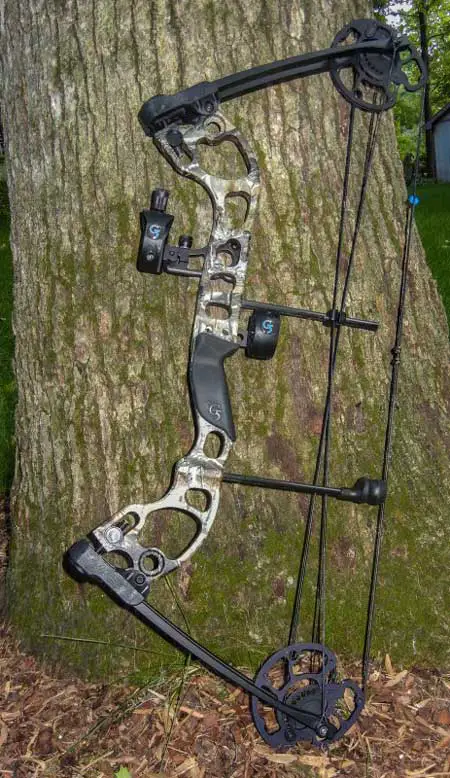How To Measure A Compound Bow String
In the world of archery, the compound bow stands as a symbol of innovation and tradition. With its unique blend of age-old principles and cutting-edge technology, the compound bow has become the preferred choice for many archers. But how do you measure a compound bow string? This guide provides insights into the mechanics and advantages of compound bows, as well as tips on choosing the right bow and maintaining its performance. Whether you’re a seasoned archer or a beginner, the compound bow offers a thrilling experience that combines power, accuracy, and adjustability.

The Compound Bow: A Fusion of Innovation and Tradition
The world of archery boasts a rich tapestry of history, with the bow being one of humanity’s earliest tools for hunting and warfare. Amid this backdrop, the compound bow emerges as a testament to the innovative spirit of modern archery, blending age-old principles with cutting-edge technology. This guide dives into the intricate world of compound bows, explaining their mechanics, advantages, and why they have become the preferred choice for many archers.
What is a Compound Bow?
A compound bow is characterized by a system of cables, pulleys, and cams that assist the archer in holding a high poundage at full draw. Unlike traditional bows, where the draw weight increases as you pull back, compound bows reach a peak weight and then “let-off” to a lower holding weight, allowing the archer to take more time when aiming.
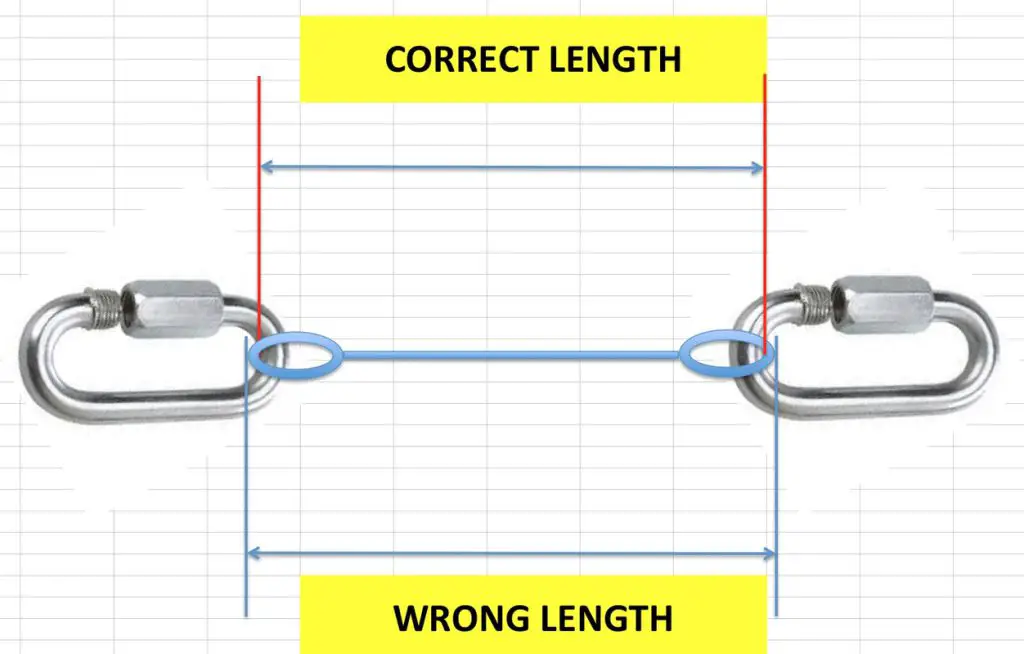
Key Components
Limbs
Unlike the straight limbs of a longbow or the curved limbs of a recurve, compound bow limbs are much stiffer, providing the power behind the arrow. The limbs store and release a significant amount of kinetic energy, allowing for powerful and accurate shots.
Cams
The cams are oval-shaped devices that rotate as the bow is drawn. They dictate the draw cycle’s feel and the bow’s overall performance. Cams are crucial in achieving maximum power and efficiency, delivering a smooth draw and increasing arrow speed.
Cables & Strings
Cables and strings are integral to the functioning of the cams. They transfer energy from the cams to the limbs, enabling the release of the arrow. The material used for cables and strings should be durable, as they undergo considerable strain during each shot.
Riser
The riser is the central part of the bow, usually made of aluminum or carbon, to which limbs, sights, stabilizers, and other accessories are attached. The riser provides stability and balance to the bow, ensuring consistent and accurate shots.
Advantages of Compound Bows
Power & Speed
Compound bows can generate immense power, propelling arrows at tremendous speeds. The pulley system and cam design allow for a high draw weight with reduced effort at full draw. This increased power translates into greater arrow velocity, improving the bow’s effective range and performance.
Accuracy
The mechanical advantage provided by the let-off and the ability to hold the bow at full draw for longer periods allow for better aiming. The reduced holding weight at full draw minimizes fatigue, enabling archers to maintain a steady aim and make precise shots.
Compact Design
Compound bows have a shorter limb design compared to traditional bows, making them more manageable in tight spaces, such as hunting blinds. The compact size increases maneuverability, particularly in hunting and field archery scenarios, where quick and accurate shots are essential.
Adjustability
Many compound bows allow for adjustments in draw length and draw weight. These customizable features ensure that archers can tailor the bow to their specific needs and preferences. As archers progress and develop their skills, the ability to fine-tune a compound bow becomes invaluable.
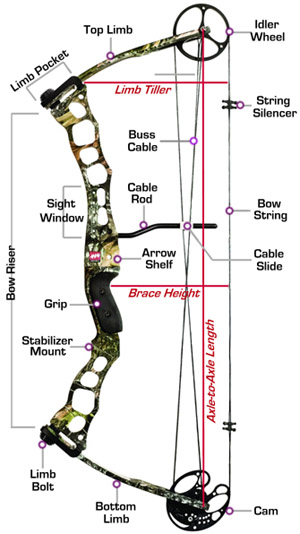
Choosing the Right Compound Bow
Purpose
Before selecting a compound bow, it’s essential to determine your intended use. Are you targeting big game, participating in target archery, or perhaps engaging in bowfishing? Each purpose may require different specifications in terms of draw weight, draw length, and other factors.
Draw Length
Ensuring the bow fits your personal draw length is crucial for optimal performance. Incorrect sizing can adversely affect accuracy and overall shooting experience. To measure your draw length accurately, several methods can be used, such as the wingspan method or consulting with a professional archery shop.
Draw Weight
Starting with a weight you can comfortably and consistently pull back is recommended, especially for beginners. Selecting a draw weight that matches your physical capabilities allows for proper form and technique development. As you progress, you can gradually increase the draw weight to challenge yourself appropriately.
Let-off
Let-off refers to the percentage of weight reduced when the bow is at full draw. A higher let-off allows you to hold the bow drawn for longer with less effort. This can be advantageous in hunting situations where you may require a steady aim for extended periods.
Maintenance & Care
To ensure optimal performance and longevity, compound bows require regular maintenance and care. Here are some essential aspects to consider:
Periodic Inspection
Regularly inspecting strings, cables, and cams for wear and tear is crucial. Frayed or damaged strings and cables can compromise safety and accuracy. Inspecting your bow before each use and addressing any issues promptly will help maintain its performance and prevent potential damage.
Lubrication
Applying lubrication to moving parts, such as the cams and axles, is essential to minimize friction and ensure smooth operation. It’s important to use lubricants specifically designed for archery equipment to avoid damaging the bow’s components.
Professional Tuning
Consider scheduling professional tuning for your compound bow at least once a year. During a professional tune-up, experienced technicians can analyze your bow’s performance, make necessary adjustments, and identify any underlying issues that may affect its accuracy and longevity.
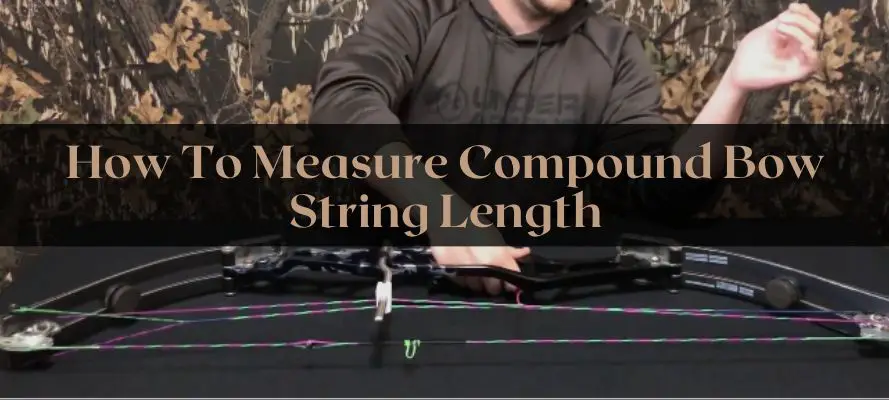
A Word on Safety
When using a compound bow, prioritizing safety is crucial to prevent accidents and injuries. Here are some key safety considerations:
Choosing the Right Arrows
Always use arrows recommended for your specific bow’s draw weight and length. Using incorrect or inadequate arrows can lead to unsafe conditions, including arrow breakage and reduced accuracy.
Clear Shooting Lane
Ensure your shooting lane is clear of any obstructions, including people, animals, or objects. Maintaining a clear and unobstructed path for your arrow to travel helps prevent accidents and property damage.
Awareness of Surroundings
Always be aware of your surroundings when shooting a compound bow. Be mindful of what lies beyond your target and choose a shooting location that allows for a safe backstop. This ensures that any potential stray arrows do not cause harm or damage.
Conclusion
The compound bow, since its invention in the 1960s, has revolutionized the archery world. It’s a tool that respects tradition while embracing the advantages of modern technology. Whether you’re a seasoned archer or just beginning your journey, the compound bow offers a unique and thrilling experience. By understanding the key components, advantages, and considerations when choosing and maintaining a compound bow, you can embark on a rewarding archery journey with confidence and safety.


